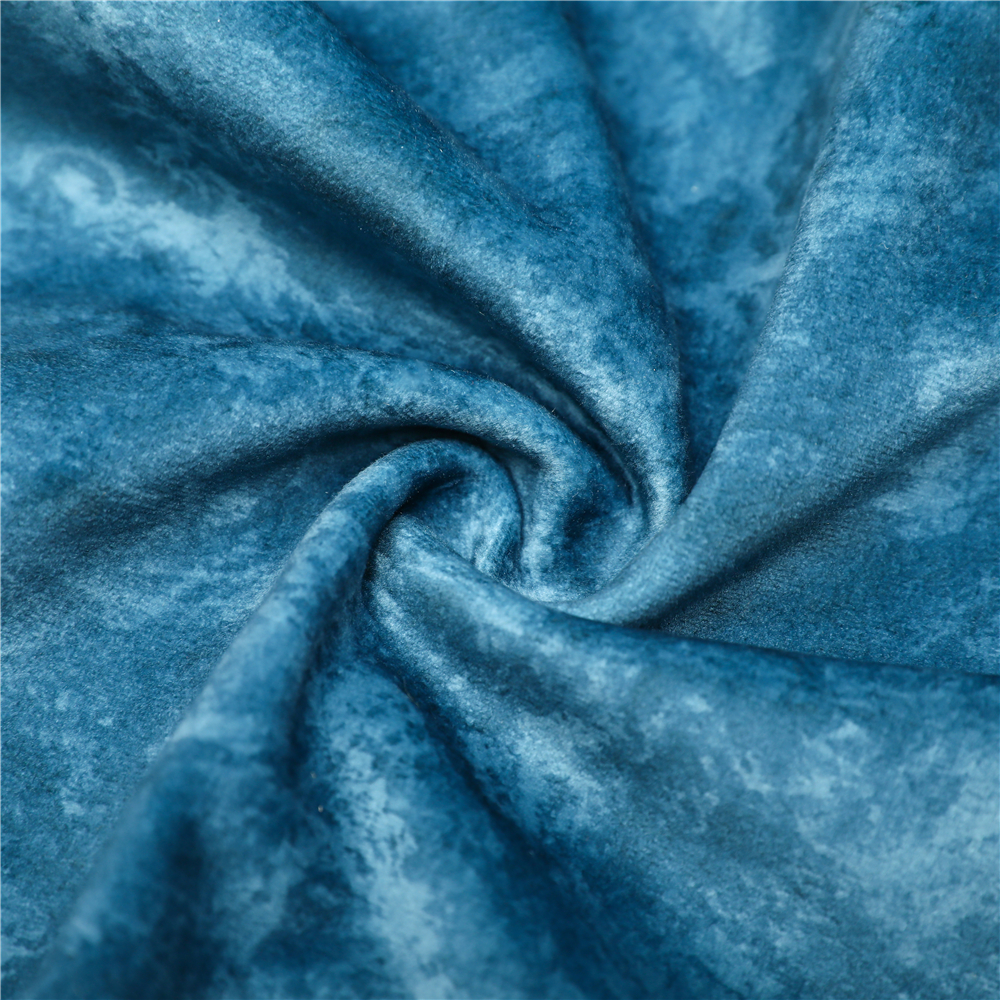Tricot Fabric:
Tricot is a knitted textile with incredible stretch and recovery that can be found in many types of garments, especially period clothing. It can also be found in athletic wear and even as swimwear. The textile is moisture-absorbing, fast-drying, odor neutralizing and antibacterial. Moreover, it can be both cold or warm and conforms to the body.
The textile can be made using both natural and synthetic fibers. The fiber used influences the durability of the fabric. For instance, using cotton will make it lightweight and soft, whereas wool or silk will give it a heavy feel. Synthetics such as polyester, nylon, and spandex are more durable than natural fibers. Moreover, the use of polyester will give it a 4-way stretch.
Unlike most other types of fabrics, tricot is a warp-based fabric that’s knitted on flatbed knitting machines. This means that the warp threads are dominant, and they’re woven with weft threads that create an interlooped yarn pattern that gives the fabric its unique texture. The different weft thread ratios create a lengthwise rib pattern on the front of the fabric and a crosswise rib on the back. This gives the fabric its distinct feel and makes it suitable for a variety of uses.
Tricot has three different patterns, including Denby, Cord, and Atlas. Each of the three is a variation of the slip knot on one strand pattern. The space between each zigzag and the width of the zigzag creates different patterns in the fabric that affect its consistency, feel, and structure. However, one thing that remains similar across all of the tricot patterns is a ribbed effect on the fabric’s front and a crossed rib on its back.

 英语
英语 中文简体
中文简体

















